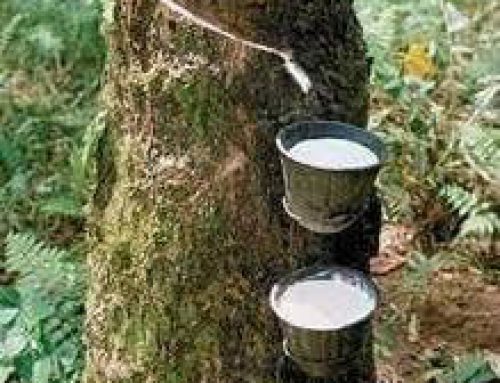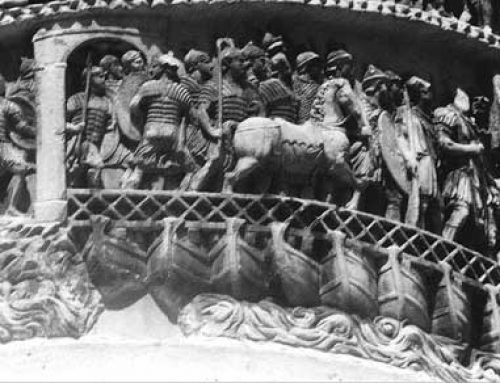
History of gold: Gold bust of the Egyptian pharaoh Tutankhamon (ca. 1300 BC)
People have been using gold to make jewelry since the Stone Age. You can find it just lying in little lumps in streams here and there. And gold is always pretty and yellow, even when it is just lying in the stream. But to get more gold you have to find gold mines underground. Because gold is both rare and pretty, it’s valuable, and people have always been willing to work hard to get more gold.
Gold is easy to work, but it is not strong enough to make tools or weapons out of. For that you need bronze or iron.
Spain also had a lot of gold mines. The Phoenicians came to Spain about 700 BC and traded with the Iberians who lived there, trading glass beads and iron tools for the Spanish gold. Later on the Carthaginians also conquered Spain mainly for silver and gold, and then in 215 BC the Romans fought the Second Punic War to get control of those same mines. The gold and silver from Spain paid for the Romans to build the rest of their empire.

Gold coin of the Roman emperor Trajan (d. 117 AD)
When the gold in Spain began to run out, the Romans noticed that there were also gold mines in Dacia (modern Romania). The Dacians traded this gold to the Greeks for fancy pottery and to the Scythians for amber. About 100 AD the Roman Emperor Trajan conquered Dacia – mainly in order to get this gold. The Romans used the Dacian gold to pay their army. You can see a picture of a Roman soldier killing a man on the back of Trajan’s coin. When the Dacian mines ran out of gold, about 275 AD, the Romans abandoned Dacia and went home again.
In the Middle Ages, Almohad caravans of hundreds of camels crossed the Sahara desert to West Africa to trade salt for gold. By 1433 AD, when Portuguese sailors figured out how to sail to West Africa and back, they were able to trade for gold with the West Africans without having to cross the Sahara desert anymore. By 1471, the Portuguese were calling West Africa the “Gold Coast”.
When European people came to North America, soon after this, they thought they would find a lot of gold there, as they had in Africa. They did find some, though not as much as they had hoped. When men found gold in California in 1848 AD, thousands of men and women rushed out to California to pan for gold and try to make their fortunes. Most of them did not get rich, but a few did.
Learn by doing: visit a jewelry store and look at some real gold
More about silver
More about jewelry
Bibliography and further reading about the history of gold:




